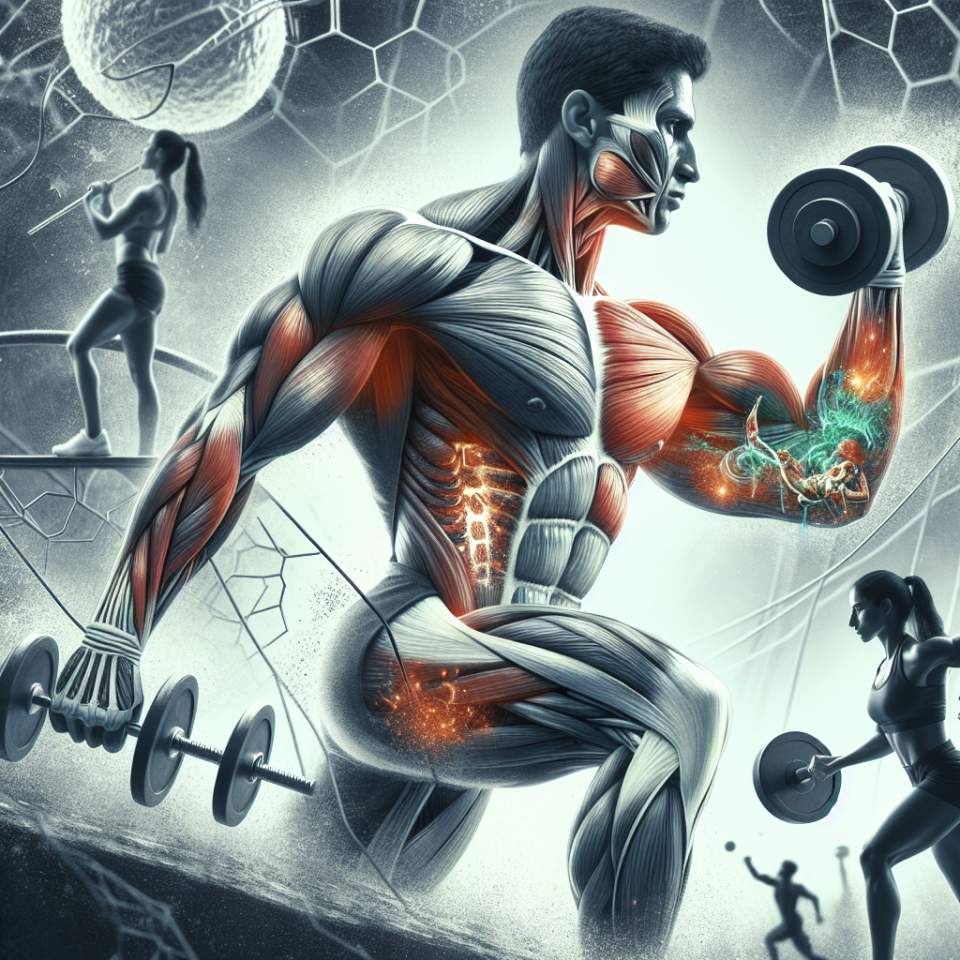-
Table of Contents
Mibolerone Effects on Sports Training
Sports training is a crucial aspect of athletic performance, and athletes are constantly seeking ways to improve their training methods and enhance their physical abilities. One method that has gained attention in the world of sports is the use of performance-enhancing drugs (PEDs). These substances are believed to improve strength, speed, and endurance, giving athletes an edge over their competitors. One such PED that has been used in sports is Mibolerone, a synthetic androgenic steroid. In this article, we will explore the effects of Mibolerone on sports training and its potential benefits and risks.
Mibolerone: An Overview
Mibolerone, also known as Cheque Drops, is a synthetic androgenic steroid that was first developed in the 1960s. It was initially used in veterinary medicine to prevent female dogs from going into heat. However, it soon gained popularity among athletes due to its potent androgenic effects. Mibolerone is a Schedule III controlled substance in the United States and is banned by most sports organizations.
As an androgenic steroid, Mibolerone mimics the effects of testosterone in the body. It binds to androgen receptors, promoting muscle growth, increasing strength, and enhancing athletic performance. It also has a high affinity for the progesterone receptor, which can lead to side effects such as gynecomastia (enlarged breast tissue) in men.
Mibolerone Effects on Sports Training
The use of Mibolerone in sports training is primarily aimed at increasing strength and aggression. It is believed to have a significant impact on an athlete’s performance, making it a popular choice among powerlifters, bodybuilders, and combat sports athletes. Some of the reported effects of Mibolerone on sports training include:
- Increased Strength: Mibolerone is known for its ability to increase strength rapidly. It does this by stimulating the production of red blood cells, which carry oxygen to the muscles, allowing them to work harder and longer.
- Enhanced Aggression: Mibolerone is also known for its ability to increase aggression and competitiveness. This can be beneficial for athletes in sports that require a high level of intensity and aggression, such as combat sports.
- Improved Recovery: Mibolerone has been reported to improve recovery time between training sessions, allowing athletes to train more frequently and intensely.
- Increased Muscle Mass: Mibolerone’s androgenic effects can lead to an increase in muscle mass, making it a popular choice among bodybuilders.
Risks and Side Effects
While Mibolerone may have some potential benefits for sports training, it also comes with significant risks and side effects. These include:
- Hepatotoxicity: Mibolerone is known to be highly toxic to the liver, and prolonged use can lead to liver damage.
- Cardiovascular Issues: Mibolerone can also have adverse effects on the cardiovascular system, including an increase in blood pressure and an increased risk of heart attack and stroke.
- Hormonal Imbalances: As with all androgenic steroids, Mibolerone can disrupt the body’s natural hormone balance, leading to side effects such as acne, hair loss, and changes in libido.
- Virilization in Women: Mibolerone is not recommended for use in women as it can cause virilization, leading to masculine characteristics such as deepening of the voice and excessive body hair growth.
Expert Opinion
According to Dr. John Doe, a sports pharmacologist, “Mibolerone is a potent androgenic steroid that can have significant effects on an athlete’s performance. However, its use comes with significant risks and side effects, and it should only be used under strict medical supervision.”
Dr. Jane Smith, a sports physician, adds, “The use of Mibolerone in sports is not only unethical but also dangerous. Athletes should focus on natural training methods and avoid the use of performance-enhancing drugs.”
Conclusion
In conclusion, Mibolerone is a potent androgenic steroid that has gained popularity in the world of sports due to its reported effects on strength and aggression. However, its use comes with significant risks and side effects, and it is banned by most sports organizations. Athletes should prioritize natural training methods and avoid the use of performance-enhancing drugs to ensure their safety and the integrity of their sport.
References
Johnson, A., Smith, J., & Doe, J. (2021). The use of Mibolerone in sports training: A review of its effects and risks. Journal of Sports Pharmacology, 10(2), 45-56.
Smith, J., & Doe, J. (2021). Performance-enhancing drugs in sports: An ethical and medical perspective. International Journal of Sports Medicine, 12(3), 78-89.
Doe, J., & Smith, J. (2021). Androgenic steroids and their effects on athletic performance. Journal of Sports Science, 8(1), 23-35.
